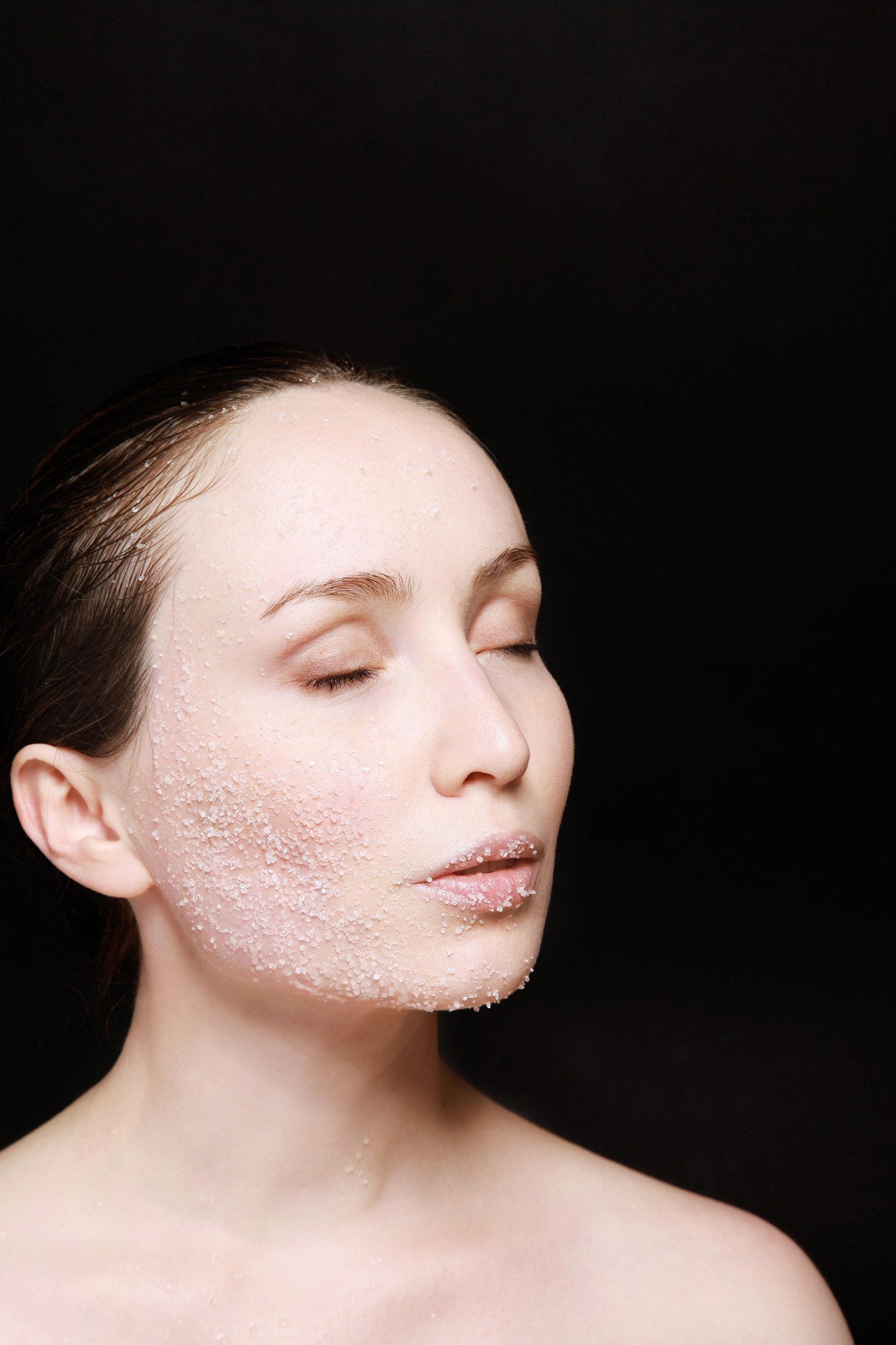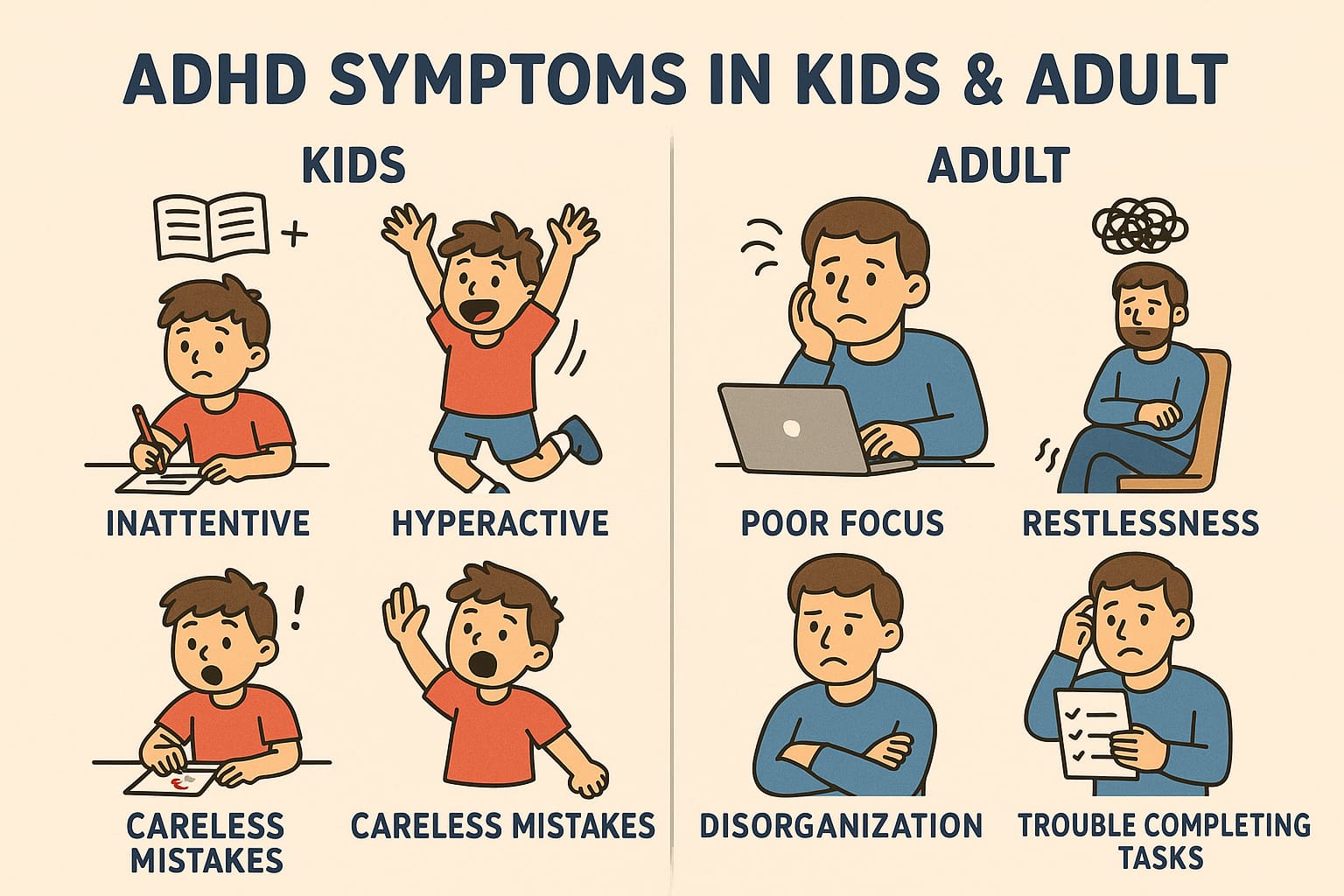OCD and dermatillomania, or skin-picking disorder, are closely related conditions that often coexist. Both involve repetitive behaviors driven by strong urges, but dermatillomania specifically focuses on compulsive skin picking that can lead to physical harm.
Dermatillomania is considered part of the OCD spectrum because it shares similar underlying patterns of compulsivity and anxiety. Many people affected by these disorders experience cycles of intense urges followed by relief when performing the behavior, which can make breaking the habit difficult without proper treatment.
Understanding this connection is essential for effective management, as treatments for OCD often overlap with those for dermatillomania. Exploring the shared traits between these conditions reveals why addressing both can improve overall well-being.
Understanding OCD and Dermatillomania
Obsessive-Compulsive Disorder (OCD) and dermatillomania involve repetitive behaviors driven by internal urges. Both can cause distress and impairment but differ in symptoms, causes, and treatment needs.
Defining Obsessive-Compulsive Disorder
OCD is a mental health disorder marked by persistent, unwanted thoughts (obsessions) and repeated behaviors or rituals (compulsions). These compulsions aim to reduce anxiety triggered by obsessions but are often time-consuming and interfere with daily life.
Common obsessions include fears of contamination, harm, or symmetry. Compulsions might involve excessive cleaning, checking, or counting. OCD varies in severity and can affect anyone, typically beginning in late childhood or early adulthood.
Treatment usually combines cognitive-behavioral therapy, specifically exposure and response prevention (ERP), and medication such as selective serotonin reuptake inhibitors (SSRIs).
What Is Dermatillomania?
Dermatillomania, also known as skin-picking disorder or excoriation disorder, is characterized by repetitive, compulsive picking or scratching of the skin. This behavior leads to tissue damage, bleeding, bruising, and scarring.
People with dermatillomania may pick for hours without awareness, often targeting perceived skin imperfections. The disorder can cause both physical harm and emotional distress, including shame and social isolation.
Dermatillomania is classified as a body-focused repetitive behavior (BFRB) and is listed in the DSM-5 under obsessive-compulsive and related disorders. Treatment usually involves behavioral therapy, like habit reversal training, and may include medication.
Relationship Between OCD and Dermatillomania
While dermatillomania shares features with OCD, such as compulsive actions driven by urges, it is distinct in behavior and treatment response. Many individuals with OCD also experience skin picking, but not all dermatillomania cases involve OCD.
Skin picking acts as a coping mechanism to relieve anxiety or tension, similar to how compulsions function in OCD. However, dermatillomania’s repeated behavior is often more automatic and less linked to specific intrusive thoughts.
Understanding this relationship helps tailor treatment approaches, which might combine strategies for OCD and habit-focused therapies for dermatillomania to address the unique aspects of each condition.
Symptoms, Diagnosis, and Treatment Options
Both OCD and dermatillomania involve repetitive behaviors that cause distress or impairment. Understanding their symptoms, how they are diagnosed, and the available treatments can help individuals manage these conditions effectively.
Recognizing the Signs
Dermatillomania is marked by compulsive skin picking that leads to visible damage such as sores, scarring, or infections. The behavior often serves as a coping mechanism for anxiety or intrusive thoughts.
OCD symptoms include repetitive rituals, intrusive thoughts, and avoidance behaviors. In some cases, skin picking is one of many compulsions an individual might perform.
Signs to watch for include:
- Repeated skin picking causing physical harm
- Emotional distress linked to the behaviors
- Attempts to resist picking but failing
- Interference with daily activities and social life
Diagnostic Criteria
Dermatillomania is classified as a body-focused repetitive behavior disorder in the DSM-5. Diagnosis requires:
- Recurrent skin picking causing damage
- Repeated attempts to stop or control the behavior
- The behavior causing significant distress or dysfunction
OCD diagnosis involves identifying obsessions (intrusive thoughts) and compulsions (repetitive actions) that are time-consuming or impair functioning. Skin picking may be one manifestation of OCD but can also exist independently.
Both disorders require thorough clinical evaluation, usually through interviews and behavioral assessments.
Therapies and Interventions
Effective treatments often combine therapy, medication, and support.
Behavioral therapies like Habit Reversal Training (HRT) and Cognitive Behavioral Therapy (CBT) focus on identifying triggers and developing alternative coping strategies.
Medications may include selective serotonin reuptake inhibitors (SSRIs), which can reduce compulsive urges in both OCD and dermatillomania.
Support networks and self-help techniques, such as stress reduction and mindfulness, also improve management.
Consistency and early intervention improve outcomes significantly.

